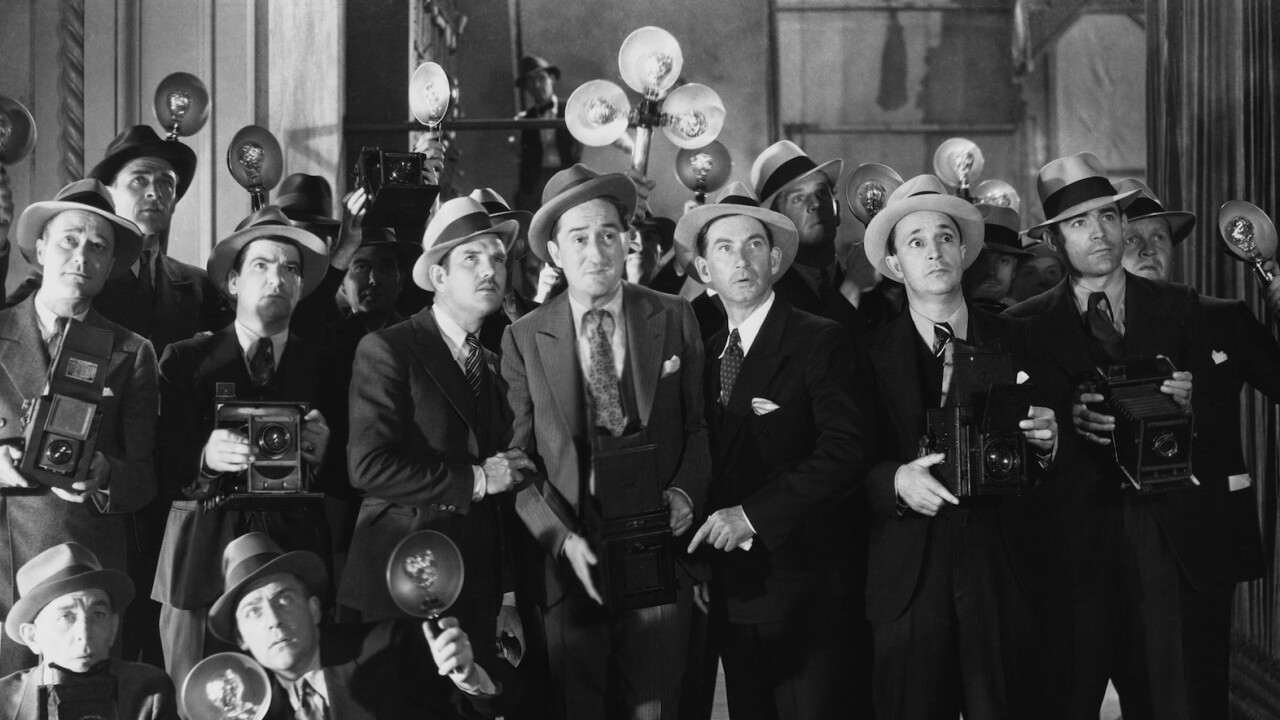
Whether you’re an entrepreneur, investor, or PR person, I’m certain that all of you have needed to deal with the media at one point or another, and have asked yourself questions such as: How do I tell my story? Who do I share my story with? What’s the best method to share, and what’s the most intriguing angle I can use?
Even the most experienced of us, can still learn a thing or two about pitching the press more effectively. I myself find that in the art of pitching, there’s definitely a continuous process of learning to refine the pitch and deliver the message in the best way possible.
With that thought in mind, as a side project, my colleagues and I have created a site entitled, “How To Pitch Me” that aims to help those who strive to pitch reporters in today’s tech landscape. Every week, we upload a Q&A submission by a different writer that will help folks understand how to become more skilful in pitching.
While reading these various submissions, I have noticed that there are certain tips that repeatedly come up. These pointers have also been shared with me by many writers in the past nine years that I have been doing public relations work. I decided to compile all these insights into one post that will be truly valuable for The Next Web’s community looking to gain insight on how to pitch right. Here are the top ten pointers:
Email is the best method of pitching
Almost every journalist we’ve asked, has specified that his favorite way of receiving pitches is via email. Least favorite method? Phone calls. You want to annoy a writer? Call him. Especially after you sent him an email to which he didn’t respond, and then also did a follow up.
Writers like email best they say, because it keeps all pitches in one organized place instead of all over the place on various platforms. Martin Bryant of The Next Web recommends: “Always email – it means everything is in the same place and I can use tools like Dropbox’s Mailbox and Google’s Inbox to control the flow.”

Have a great subject line
Journalists get anywhere between a few tens to a few thousand emails a day. Unless you’re someone they know, you’ll need to find another great way to catch their attention. One way of achieving this is by having an amazing subject line. Dylan Tweney of VentureBeat gives the following tip:
“Keep it short — you have to get my attention with the subject line plus the first line or two of the email, and you have to close it with the first two to four paragraphs.”
Keep your pitch short and informative
Since writers need to get through so many emails during the day, and yet are still human (even though sometimes they seem super-human to us), they don’t have time to read through a wall of text. Keep your pitches concise and to the point. Matthew Hughes of MakeUseOf points out:
“If I have to read 1,000 words of un-paragraphed text, download a PDF or reply to your email just to find out what it is your company does, I’m going to ignore your email.”
Address the right issues in your pitch – Josh Constine of TechCrunch says:
Make sure you answer the following questions in your short pitch:
-
-
- What burning problem are you trying to solve?
- Who are your competitors? (Don’t say that you don’t have any – you will lose credibility)
- Why do you solve the problem better than they do?”
-
Robin Wauters of Tech.eu recommends:
“Perfect the messaging, which means research your competitors, work on your positioning and care about timing and delivery.”
Be honest
Write transparent, clear pitches. Don’t use vague language. Misleading pitches only waste the time of everyone involved. If a journalist finds out that you misled him somehow, he will never forgive you for it. It’s his credibility and reputation that’s on the line. Paul Sawers of VentureBeat recommends:
“Be honest, clear with the information provided, and give some context as to why it matters, including competitors. Too many pitches are misleading, vague, or inaccurate — it saves everyone a lot of time if pitches are detailed and clear, while being concise.”
Don’t overdo it
Don’t send 20 emails regarding the same story. You can write one email and then follow up a few days after. Anything more than this, will be considered spamming. This was a tip given by almost everyone.
Build the relationship
Before you approach a writer, take the time to get to know him a bit better. What has he written about recently, what interests him. The more information you know about each reporter, the more successful you will become in targeting specific pitches to the right people and getting coverage. I’ve heard Robert Scoble tell entrepreneurs pitching him many a time:
“Read the past 20 things I’ve written on Facebook and Twitter, at a minimum, before calling me. At least you’ll know if something nasty is going on in my life before wasting the time to pitch.”
James Cook from Business Insider concurs:
“It’s so important to understand what it is that I write about it. Sending the same pitch to hundreds of journalists is fast, sure, but if you haven’t taken the time out to understand what angles and topics I find interesting, then it’s unlikely that I’m going to write about you.”
Give enough time
Don’t hit a reporter with a good story a few hours before the embargo lifts. Be respectful of the writer’s schedule. Take into account that most reporters already know in the morning, what they’re going to be writing about each day. Unless it’s a huge unexpected breaking story by a company like Google or Facebook, they’re not going to change their schedule for you. Give them at least several days to write the post.
Sarah Mitroff of CNET writes:
“Please never, ever pitch me at 5:01pm on news that’s going to break tomorrow morning at 6am PT. It will not get covered, because I won’t have time — unless it’s big news from Google, Apple, Facebook, etc. Ideally, give me several days or a week’s notice of upcoming news. That way I can plan it into my week and maybe take a meeting if needed.”
A heads-up is even better
You don’t need to be completely ready with your product and all press materials before you hit the reporter. If you’ve got a good connection with someone you trust, you can give the writer an early heads up that something is coming. As Daniel Cooper of Engadget writes:
“A “hey, we don’t have the press release, but this is what’s coming in the future” ahead of time is a wonderful thing. Everyone at the site is drilled to respect embargoes, and certainly I’m very good at keeping my mouth shut.”
“The press release is dead”
Believe it or not, many writers we asked, including Mike Butcher of TechCrunch, said they prefer NOT to receive a press release. They prefer to get a few key questions answered instead. If they require more information, they’ll ask for it.
In conclusion, it seems that if I needed to summarize all the above tips into one inclusive message, it would go something like this: Keep your pitch short, appealing, honest, clear, and from the heart. Stay respectful of the other side, give space, don’t be needy, and do all the necessary research beforehand, to make sure that this is really the right person for you. Sound similar to something else in life? Perhaps if you think about this the next time you pitch, it will give you a fresh new perspective.
➤ See Ayelet Noff and many other world-class speakers at TNW Europe in Amsterdam this May.
Get the TNW newsletter
Get the most important tech news in your inbox each week.







